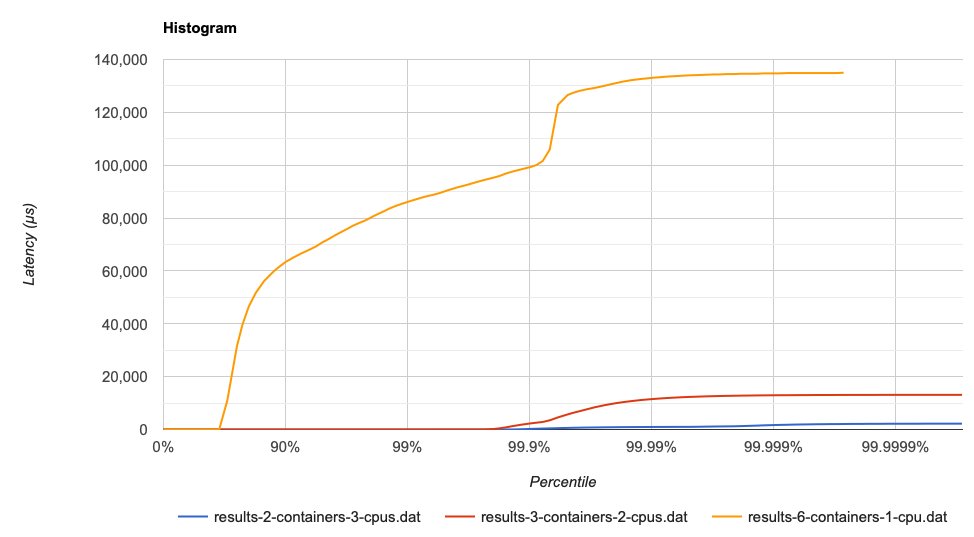
Not only #Java developers are deploying their microservices to #Kubernetes with 1 vCPU only (1000m), there may be multiple pods on the same nodes since podAntiAffinity is unlikely to be common practice when scaling, to get an even distribution.
So, instead of having a bigger pod (2000m-4000m) on a node, there are two or more 1000m pods on a node.
For web apps, I think this setup is very unlikely to be reasonable.
For web apps, I think this setup is very unlikely to be reasonable.
I hope I am wrong and that my lame knowledge of Kubernetes followed by my hate towards YAML is as bad as this hypothesis.
• • •
Missing some Tweet in this thread? You can try to
force a refresh




